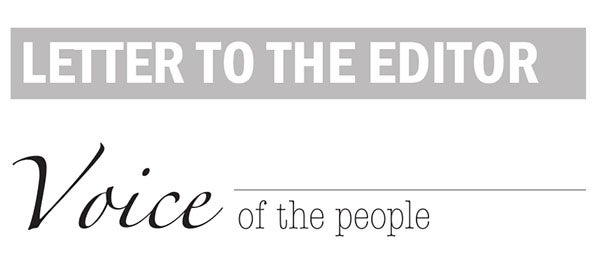White House ‘rules’ for press corps designed to shut down real reporting
Published 6:03 am Tuesday, November 27, 2018
By GENE POLICINSKI
Inside the First Amendment
Even as the White House restored the “hard pass” to CNN’s Jim Acosta, permitting him onto White House grounds, it promulgated some new, unrealistic rules for journalists attempting to fly under the flag of “decorum.”
Let’s start with Rule No. 1 — only one question.
Rule No. 2 — well, maybe more than one if the president or someone else at the podium decides otherwise.
But what if the person at the podium tries to evade the first tough question? Horrors, the very idea that politicians might consider such a tactic! Any journalist worth his/her salt will and should want to follow up — that’s in the public’s interest, if not that of the podium prevaricator. So Rule Nos. 1 and 2 won’t work for anyone on the public’s side of the mic.
On to Rule No. 3 — “yielding the floor” means giving up the mic to a White House staffer after a question is asked under Rule Nos. 1 and 2.
This is nothing more than an option for the White House to punish anyone seeking clarification or acting as anything more than stenographer for whatever prepared, massaged or scripted comments might be proffered.
Just to round out the entire list, Rule No. 4 might be phrased, “The White House gets to do whatever the heck it wants based on Rules 1, 2 and 3.” Kindergartens have more realistic rules around time outs than this sniveling set of insulting Oval Office nonsense.
As in the original conflict with Acosta, this and any future White House has no constitutional role in setting out to regulate who asks questions on behalf of the public.
What the White House staff, including President Trump, can do is screen out those who pose a physical threat. They also can recognize who they wish at press briefings and — as Trump did recently — just walk away if the pressure gets to be too much.
If Trump and Co. has a real problem with a disruptive White House correspondent, there’s a ready alternative likely to be more effective: The White House Correspondents’ Association (WHCA).
The WHCA, which admits members on a fair basis of professional interest and experience, has a long set of standards for news coverage it asks every White House to observe, such as the nature of pool coverage when the entire White House press corps cannot be present at news events, fundraisers, foreign/domestic travel and the like.
No stretch for the WHCA to add a process for dealing with someone who repeatedly shouts over or physically disrupts others trying to work — exactly the process in the U.S. House and Senate, where a Standing Committee of Correspondents exists.
It should be noted that anyone with even minimal exposure to the White House press corps knows it’s not a mild-mannered bunch and likely would not hesitate to find its own informal manner of dealing with journalistic miscreants.
The WHCA did respond somewhat to Trump’s veiled attempt to exert control over what Acosta and others will ask at future briefings: Association President Olivier Knox said it “had no role in crafting any procedures for future press conferences. For as long as there have been White House press conferences, White House reporters have asked follow-up questions. We fully expect this tradition will continue.”
Knox ended his statement with this most-important observation: “We will continue to make the case that a free and independent news media plays a vital role in the health of our republic.”
The founders of this nation saw the dangers in a government that could control what news was gathered and how it was reported — and by whom. The English system of licensing printers and a legal structure that punished critics of the crown through libel laws was structured to defend king and government interests even against truthful reports.
The White House’s Acosta debacle has thus far failed, as staff made false claims, used altered videos and even advanced a laughable claim of defending other reporters — all in an obvious attempt to shut down tough questions at briefings, photo-ops and press conferences.
When a judge tossed out the initial White House attempt to punish Acosta, the court called for due process before withdrawing credentials, based on a 1977 federal appeals court ruling. But any new rules should properly concern only the potential for persons to actually do physical harm to the president and others at the White House.
The new “rules” developed by the White House are nothing more than a sham to cover up its real goal of shutting down those who challenge the prepared, shaped narrative this and every White House wants to spoon feed the public.
The new “rules” ought to be shoved aside as quickly as the initial inept attempt to keep Jim Acosta and others from asking tough questions of the latest public servant to reside at 1600 Pennsylvania Ave.
Gene Policinski is president and chief operating officer of the Freedom Forum Institute. He can be reached at gpolicinski@freedomforum.org, or follow him on Twitter at @genefac.





